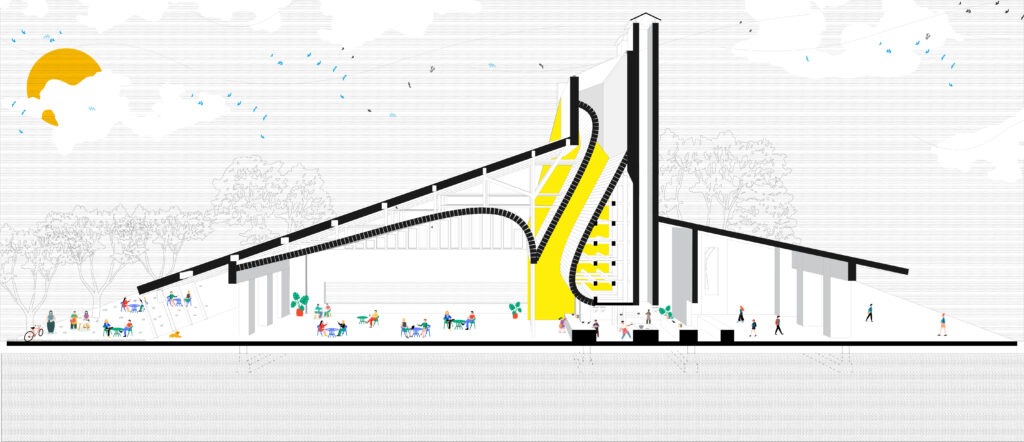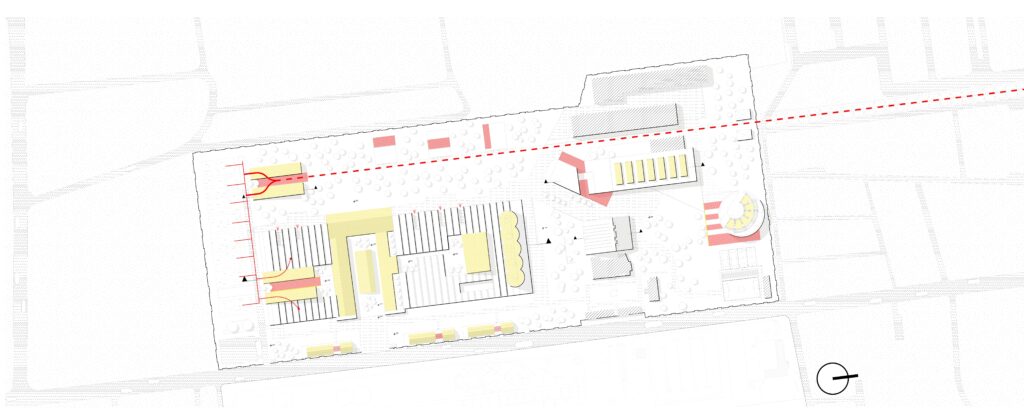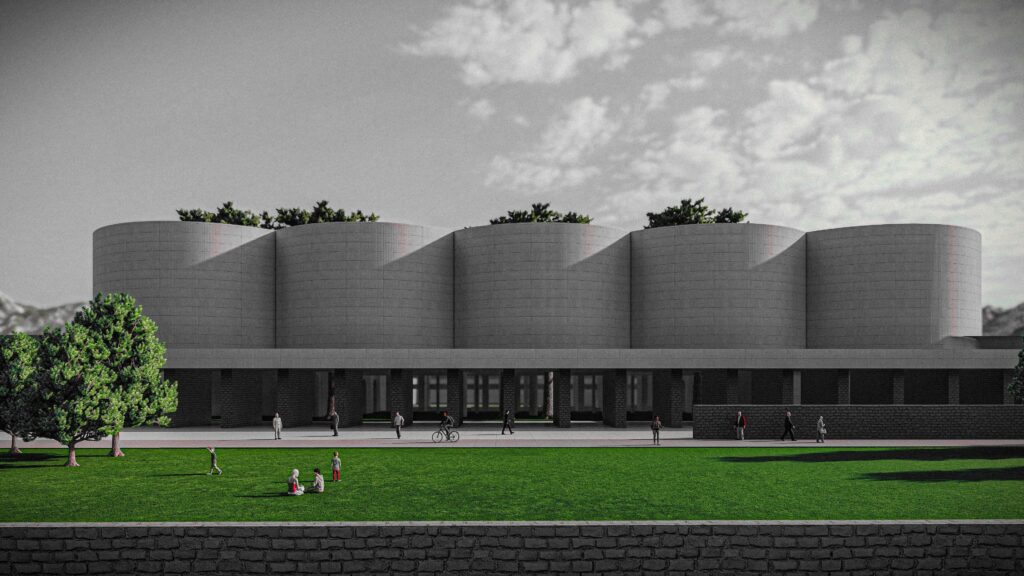The Nazilli Textile Factory in Turkey was established in 1903 by Atatürk as a major textile producer, using the traditional Basma printing method. It played a crucial role in Turkey’s textile industry and provided employment opportunities. However, it became inactive in the 1980s due to economic challenges. Transforming it into an educational institute would preserve its cultural heritage and benefit Turkey’s education system. Beyond textiles, the factory served as a social hub and symbol of progress in the early republic. Its architecture reflects the industrial trends of the 20th century, while the Basma printing method represents Turkey’s unique cultural heritage. Preserving this landmark is essential for understanding Turkey’s history, culture, and industrial development.
The Nazilli Textile Factory in Turkey was established in 1903 by Atatürk as a major textile producer, using the traditional Basma printing method. It played a crucial role in Turkey’s textile industry and provided employment opportunities. However, it became inactive in the 1980s due to economic challenges. Transforming it into an educational institute would preserve its cultural heritage and benefit Turkey’s education system. Beyond textiles, the factory served as a social hub and symbol of progress in the early republic. Its architecture reflects the industrial trends of the 20th century, while the Basma printing method represents Turkey’s unique cultural heritage. Preserving this landmark is essential for understanding Turkey’s history, culture, and industrial development.
Author: Kutay Koçtekin
Studio: Arch 402 Spring 2023
Instructor(s): Ezgi İşbilen, Yiğit Acar






